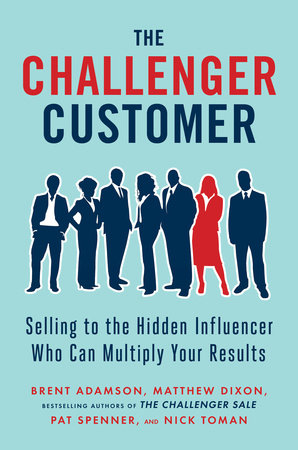A Few Good Books on Visual Persuasion
 Last weekend, I had an interesting conversation with a lawyer about the proper use of visuals in persuasive presentations. In the courtroom, lawyers have to sell—their buyers may be jurors or judges, but the elements of persuasive appeals are probably no different for them than they are for buyers.[1] We talked about Edward Tufte’s ideas, and he asked me for some suggestions for additional reading, which I thought I would share in this article.
Last weekend, I had an interesting conversation with a lawyer about the proper use of visuals in persuasive presentations. In the courtroom, lawyers have to sell—their buyers may be jurors or judges, but the elements of persuasive appeals are probably no different for them than they are for buyers.[1] We talked about Edward Tufte’s ideas, and he asked me for some suggestions for additional reading, which I thought I would share in this article.
There is no “best” book on persuasive visuals—it all depends on what you’re presenting, to whom, and how many are in the audience. I’ve selected a few of my favorites that cover the range of possible presentation scenarios. To make sense of the order in which these titles are presented, think of a continuum: at the left side is a page densely packed with information, a la Tufte, and at the right side is a ballroom presentation, such as Steve Jobs introducing the iPhone. (Hyperlinks will take you to my more detailed book review.)
Speaking PowerPoint, by Bruce Gabrielle. This excellent book shows that Tufte is wrong when he says that PowerPoint causes poor thinking. Gabrielle shows how to first organize your thoughts for credibility and clarity, and then put them on slides.
Show Me the Numbers, by Stephen Few. Most business presentations are going to require numbers and even numbers can be made to tell a captivating story, if you know how to present them. This book shows you how.
Whiteboard Selling, by Corey Sommers and David Jenkins. If you want sustainable agreements, it helps to get the listener actively engaged in building the story with you. This book shows you how to do it on a whiteboard.
Resonate, by Nancy Duarte. As the title indicates, this book focuses less on the analytical appeal and more on the emotional—yet it is based on solid research. It will help you add impact and make your presentation more memorable.
Presentation Zen, by Garr Reynolds. Finally, if your slides are clear and credible and carry emotional resonance, the only thing left to do is to make them pretty. This book shows you how, by using classic, simple design principles.
The Back of the Napkin, by Dan Roam is not specifically about presentations, but it shows you how to improve your own thinking by using simple visuals that even the artistically challenged (like myself) can create.
If you’re interested more in the underlying science, here are two recommendations:
Brain Rules, by John Medina contains an excellent chapter on the neuropsychology of visual information. (There’s lots of other good information in the book, especially about how people process information.)
Multimedia Learning, by Richard E. Mayer, explains in clear terms the author’s research into how the brain receives and processes incoming information. You’ll learn how to work within the limitations and peculiarities of working memory and visual and verbal channels.
[1] Actually, there is one big difference. Buyers always have an element involved in their decision, while jurors make a decision that does not impact them personally. I don’t know how that might change the persuasion dynamic. Sounds like a research topic…




